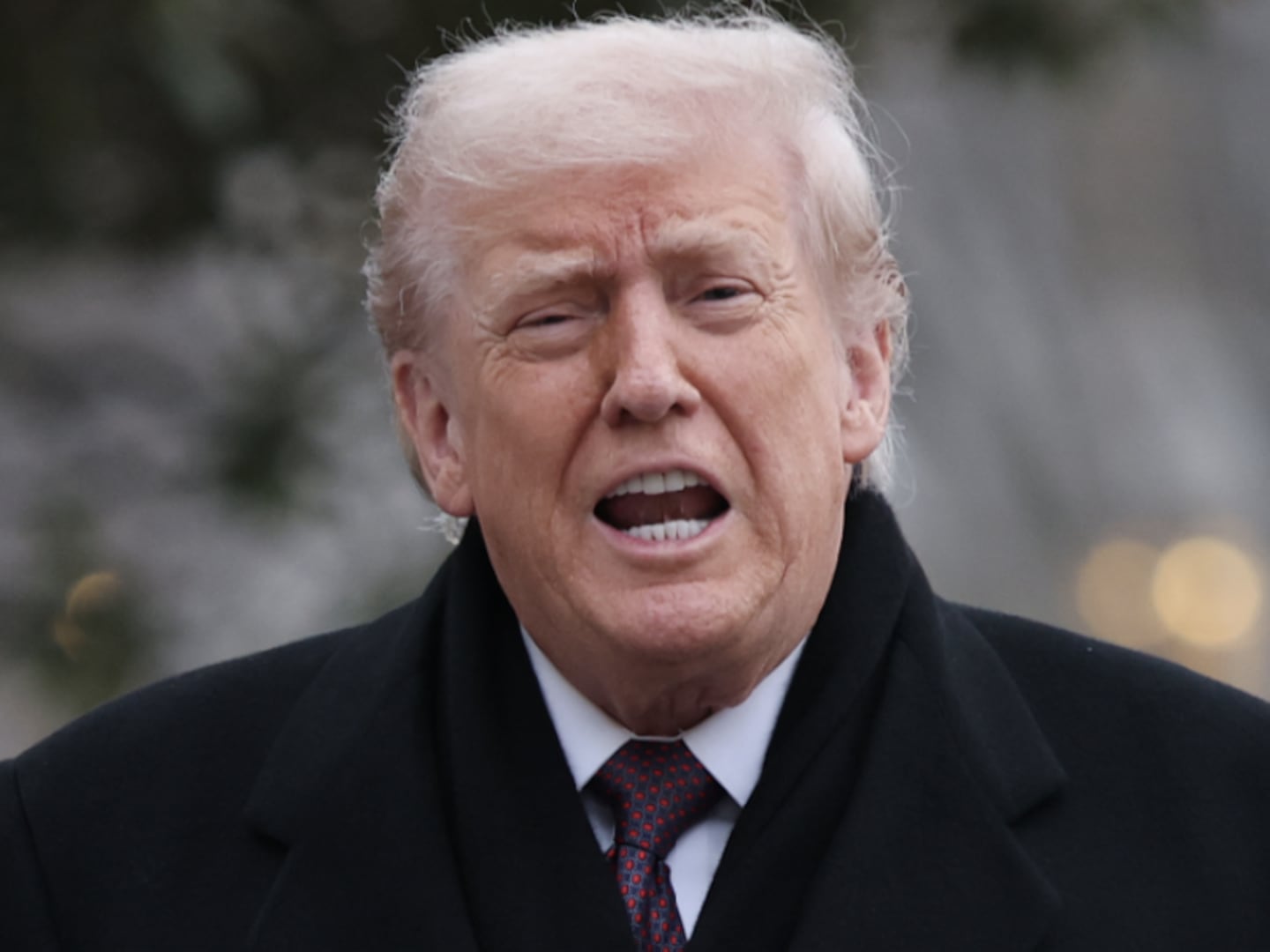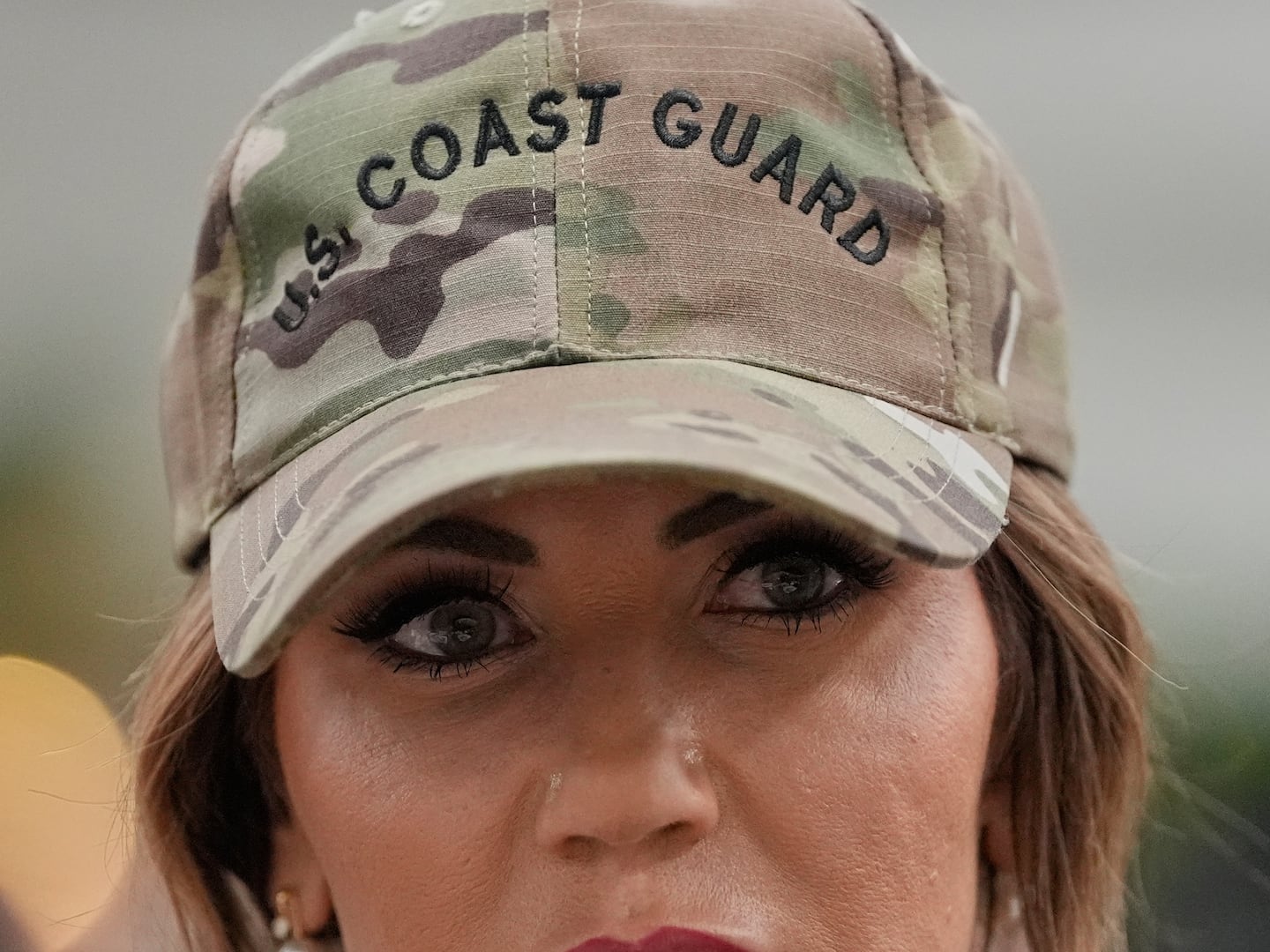The very first protest I ever participated in took place on April 7, 1990, when several racist groups paraded through the college town of Miami, Ohio, on minority recruitment weekend.
My friends, a ragtag group of musicians, skateboarders, art students, and punk rock aficionados, and I defied the university’s warnings to “Stay away on Saturday” and decided to show up that cool Saturday morning to tell the racists that they were not welcome in our community.
On our walk to the designated parade start, we encountered several university administrators and student government officials who attempted to dissuade us from continuing, stating that we “might be mistaken as supporting the Klan.” I remember replying, “Oh, there will be absolutely no misunderstanding which side of this issue we’re on.”
Several of my friends expressed their disappointment that the university’s leadership did not take a principled stand in expressly rejecting the racist groups. Instead, the university officials seemed more concerned about keeping students away from the protest and its inherent risks.
As we arrived at the parade’s start, our small group could see about two dozen members of the Ku Klux Klan and a few Nazi skinheads assembling a few hundred yards away. This was the first time I had ever directly confronted naked racism, and I remember feeling like I was watching the scene unfolding in front of me in black and white—reminiscent me of the newscasts I’ve seen of Birmingham and Selma from the civil rights movement.
We were among the first to arrive and felt outnumbered. It wasn’t a good feeling, but we were determined to make our stand. Within a few minutes—but what seemed like hours—we were joined by a larger group of students from Miami and a larger one still from Ohio State University in Columbus. Members of the local African-American fraternities also came and swelled our ranks to several hundred. Our small band no longer felt exposed. We were now surrounded by a large, resolute group.
The parade started with the KKK and Nazis surrounded by police on horseback and a phalanx of officers in riot gear on foot. Television camera crews from Cincinnati ran about trying to capture the scene. The parade of about 30 racists was led by a dump truck with sheriff’s deputies in the back who filmed everything with video cameras.
To say our crowd was vocal was an understatement. The feeling in the air was electric. Our emotions were precariously tethered to a mercury switch. Fraternity bros took selfies with 35mm cameras from the porches of their fraternity houses as the heated procession passed. I remember being disgusted that this was entertainment for them and that they didn’t feel compelled to take a stand. I knew that complete chaos was one spark away, and then it happened.
A few kids lay down in the road ahead of the dump truck to stop the parade. Simultaneously, a few protesters spied a pile of bricks that a homeowner was using to refinish the foundation of his home. These brickbats were swiftly hurled over the heads of the police, intended to turn the white robes crimson. They did. The police quickly reacted, moving into the crowd in small teams in an attempt to apprehend protesters.
Two kids ran counter-clockwise around a house to avoid the police, chased by cops on horseback. Seven of us ran clockwise to see what would happen. We met up, and the two kids fleeing the cops ran right into the middle of our pack. The police on horseback turned the corner to see nine faces staring at them. Unable to positively identify their quarry, they shook their heads and rode back to the parade.
By the time we got back to the street, it was pandemonium. Protesters and racists were hurling insults. Several Klansmen were taken to the hospital for injuries. Several protesters were arrested and taken to the town jail. And the parade seemed to ooze away under the protection of cops in black riot gear.
I remember feeling bad for the police, who were in the impossible position of separating the racists from protesters, who began chanting, “Cops and the Klan, hand in hand.”
Once the forward momentum of the parade ebbed, we moved to the center of town. The Klan had planned a rally to follow the parade, but the parade was so charged and violent that the Oxford town officials canceled the Klan’s permit to assemble.
On the way, I ran into an African-American woman with a megaphone who told me that she routinely protested such events. As we walked together, a pickup truck sporting a Confederate flag and a Klan flag sped toward us, followed by a small four-door hatchback. The truck sped past, but the hatchback stopped and the passenger in the front started screaming at my new friend. “Fuck you, you n---er bitch. We’re going to kill you!”
My friend Liam and I looked at each other and knew we’d soon be fighting the four occupants of the car. The woman, who had been drinking a can of grape Crush soda, stood defiant, and shouted back. She then hurled that can of grape Crush at the car. I can still see it in my mind, turning end over end in a slow-motion arc until it resoundly thumped into the car’s quarter panel.
As Liam and I prepared for battle, I saw a group of about 20 kids in black running up the street to assist us. They were from a Columbus group called Anti-Racist Action. As soon as the racists saw them, they knew they were outnumbered and got back in their hatchback and sped off. Liam and I breathed a sigh of relief. All of us continued on to the Oxford Memorial Park in the center of town.
Upon arriving, we saw a large crowd of protesters had already gathered. One young man wearing a Confederate flag shirt apparently didn’t get the word that the rally had been canceled. He was surrounded by a large group and was receiving a fusillade of punches. I recall he was in bad shape. One of my friends convinced the crowd to let him go.
We moved on to surround the police station a block away, where several protesters arrested earlier were being held. Several protest organizers entered the police station to demand the release of those arrested. The crowd wasn’t going anywhere until they were. After a while, the police agreed to release the protesters, and with no racists in sight, the crowd drifted away.
The seven us felt exhausted after the adrenaline left our systems. We didn’t say much as we walked back to the dorm, but all felt that we had participated in something significant. We had taken a stand and let our voices be heard.
I remember feeling disappointed by the university’s tepid position on the day’s events. On the walk back, I decided to leave Miami University and quit Oxford, Ohio. The next week, I submitted an application to the Ohio State University and began there the following fall.
After graduating in 1994, I joined the U.S. Marine Corps, became an infantry officer, and served for 20 years to include combat tours in Iraq and Afghanistan. In many ways, it was this protest that led me to join the Marines.
This formative experience taught me the importance of taking a stand, of putting one’s body behind one’s beliefs, and of making a commitment to be counted. It taught me about the necessity to publicly confront bigotry and stand up for what’s right. It taught me the value of speaking up against injustice. It taught me that the wrongs we ignore, we condone, and that to do good, we have to do something. It reinforced my belief that it is every citizen’s responsibility to advance the ideals set forth in our Constitution and Declaration of Independence to ensure our society works for all its citizens.
Looking back, I regret that our protest turned violent but also recognize any groups that foment racial hatred are menaces to our civil liberties and corrosive to our rule of law. In our democracy, citizens do not have the luxury of being bystanders.
Today, we are 242 years into the world’s greatest experiment in democracy. Our country is imperfect for certain, but it remains one of the few places in the world to offer tremendous opportunities of upward mobility and individual freedom.
Twenty-eight years after our Oxford protest and one year after Charlottesville, we still have to fight for what’s right. What will you do?






